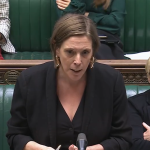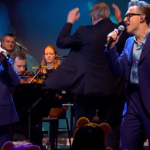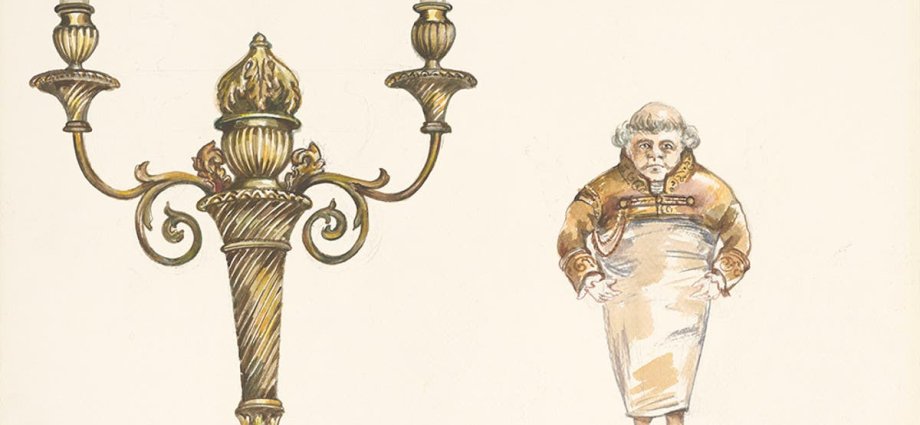
o, what does Walt Disney’s film output have in common with Rococo, that most exquisitely mobile art form? Well, this exhibition sets out to prove that Disney and those 18th century artists and makers “both succeeded in animating the inanimate”. And, more broadly, both intended “to breathe life into objects, to entertain their public and to use new technologies to help achieve their aims.”
Certainly, Walt raided the dressing up boxes of Europe to good effect. He was an ambulance driver in France in 1918, based for a while at Versailles. He returned to Paris with his family in 1935 and later. He had a collection of French porcelain miniatures and bought fairy stories illustrated by Edmund Dulac and Felix Lorioux – making what we’d now call a mood board.
There’s a charming little clip at the beginning of this new show at that 18th century treasure box, the Wallace Collection, of a forgotten Disney short, The China Shop (1934), based on two decorative china figures coming to life; next to it is just such a couple in Meissen porcelain. There are two lovely china pot-pourri holders in fortress shape from Sèvres, which seem to resemble the celebrated Disney castle, though the more obvious inspiration was the one in Bad Neuschwanstein in Germany.
Two porcelain dancers, Hochst Manufactory, c. 1758
/ Metropolitan Museum of Art New YorkTwo Disney films underpin the show: Cinderella (1950) and Beauty and the Beast (1991), the latter made long after Walt’s death. Cinderella does have visual references to the eighteenth century, though Mary Blair, the most original of the artists involved, shifted the period a little later, to the nineteenth century. But the furniture and fittings do channel Rococo, or Rococo Revival.
Beauty and the Beast is more obviously indebted to the period. Indeed, the Disney studios sent over a group of artists to London in 1989 to drink in the European atmosphere; they were based in Goodge Street and no doubt spent quite a lot of time at the Wallace Collection, which is nearby in Manchester Square. Certainly, like Jean Cocteau’s La Belle et La Bete, much of the film’s magic and humour derives from animated objects. We see here a clock which is wonderfully similar to Cogsworth, the Beast’s major-domo; and candelabra very like Lumiere the butler.
Concept art for Cogsworth in Beauty and the Beast
/ Lucasfilm Ltd./DisneyBut the most obvious visual gag straight from the Wallace Collection to film was from that awful movie, Frozen, where our heroine tries to imitate the girl in Fragonard’s Swing – and look, the original is on the opposite wall.
What struck me about the show, however, was what it tells us about Disney. The original studios with their army of artists and technicians – a working definition of a creative industry – produced an homogenous artistic product with each film, but like any artist’s studios, they employed some skilful and very individual artists. Mary Blair’s whimsical and humorous take on Cinderella would make a lovely children’s book. Many of the sketches that the films originate with – there’s a brilliant sequence showing an animated carpet – are full of brio and inventiveness.
Jean-Honoré Fragonard’sThe Swing
/ The Wallace CollectionCompare and contrast Disney before and after Beauty and the Beast (a hybrid of CGI and hand-drawn). The computer generated images are bland, flat and uninteresting; they lack personality because they’re made on screen. Fantasia, of which we get some sketches here, is just a different and better creation than Frozen. This interesting show may not put Walt up there with Fragonard or the Meissen ceramicists but it demonstrates why the human factor matters.
Wallace Collection, April 6 to October 16; wallacecollection.org











